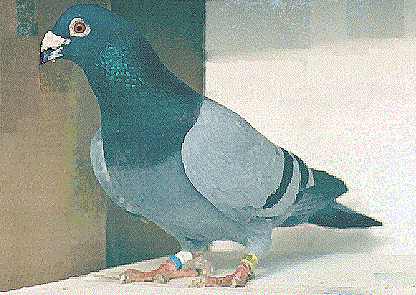Getaltheorie in het
Vlakke land
Arithmétique
en
plat pays
APP 2012
Lundi 10 décembre 2012
Journée automnale
à
Lille.

Lieu : LPP, Salle de Réunion
Programme

Arithmétique
en
plat pays
APP 2012
Lundi 10 décembre 2012
Journée automnale
à
Lille.

Lieu : LPP, Salle de Réunion
Programme
Programme
The Casas-Alvero conjecture states that if a degree d polynomial f in C[X] is such that each derivative f(i) (i=1,...,d-1) has a root in common with f, then this root is always the same and hence f is a power of a linear polynomial. There is an infinite number of values of d for which the conjecture is known to be true, thanks to work of Graf von Bothmer et al., but in general it is widely open. Using elementary analytic tools (Rolle, Gauss-Lucas, ...) one can prove a number of constraints on hypothetical counterexamples, and at the same time get some feeling for why the conjecture is likely to be true. We will both review a number of known facts and add some new observations (e.g., counterexamples should have at least five distinct roots). We obtain additional constraints for certain special degrees, using p-adic valuations. Finally, we show how all these constraints can be used to verify the Casas-Alvero conjecture in degree 12 (the smallest open case) using a Grobner basis computation. This is joint work with Robert Laterveer and Myriam Ounaies.  On dit qu'un entier est y-friable si son plus grand facteur premier est inférieur ou égal à y avec la convention que 1 est y-friable pour tout yq≥ 1. Nous présenterons différents résultats concernant les solutions y-friables de l'équation a+b=c obtenus en collaboration avec Andrew Granville et par mon étudiant Sary Drappeau.
Etant donnée une équation linéaire, on se demande quelle est la taille maximale d'un ensemble A sans solution à cette équation linéaire. On propose ici un survol rapide des éléments de réponse à cette question dans les deux configurations suivantes : A est un sous-ensemble de l'intervalle [0,1] et A est un sous-ensemble d'entiers. On s'intéressera en particulier aux équations de la forme x+y=kz où k est un entier donné. |




